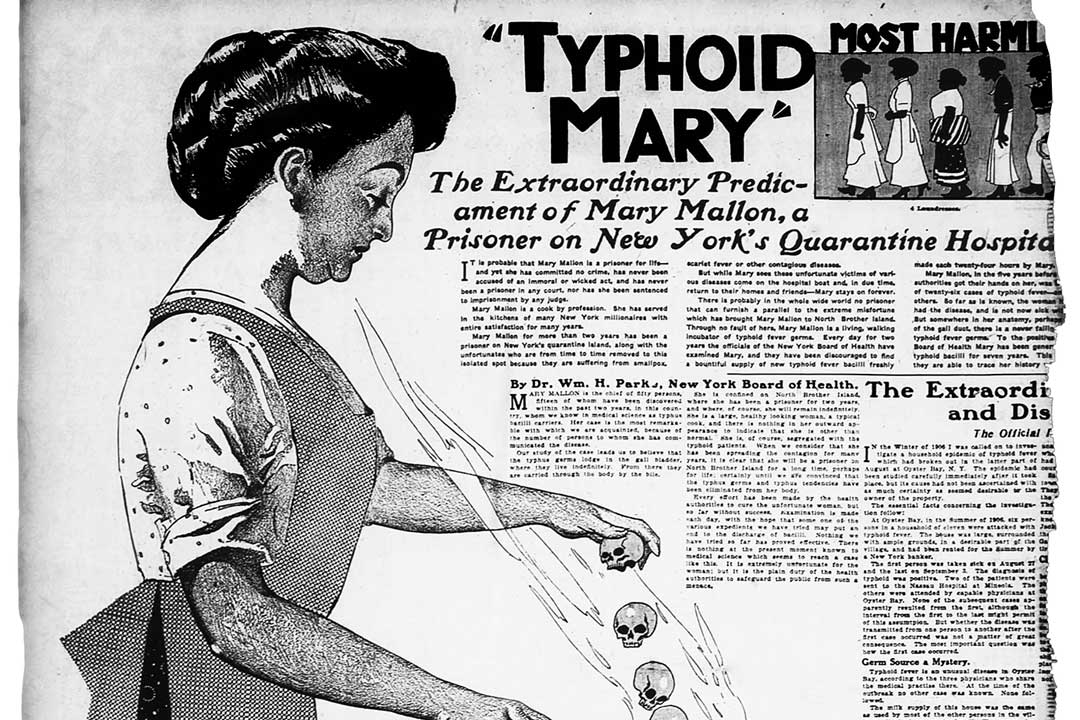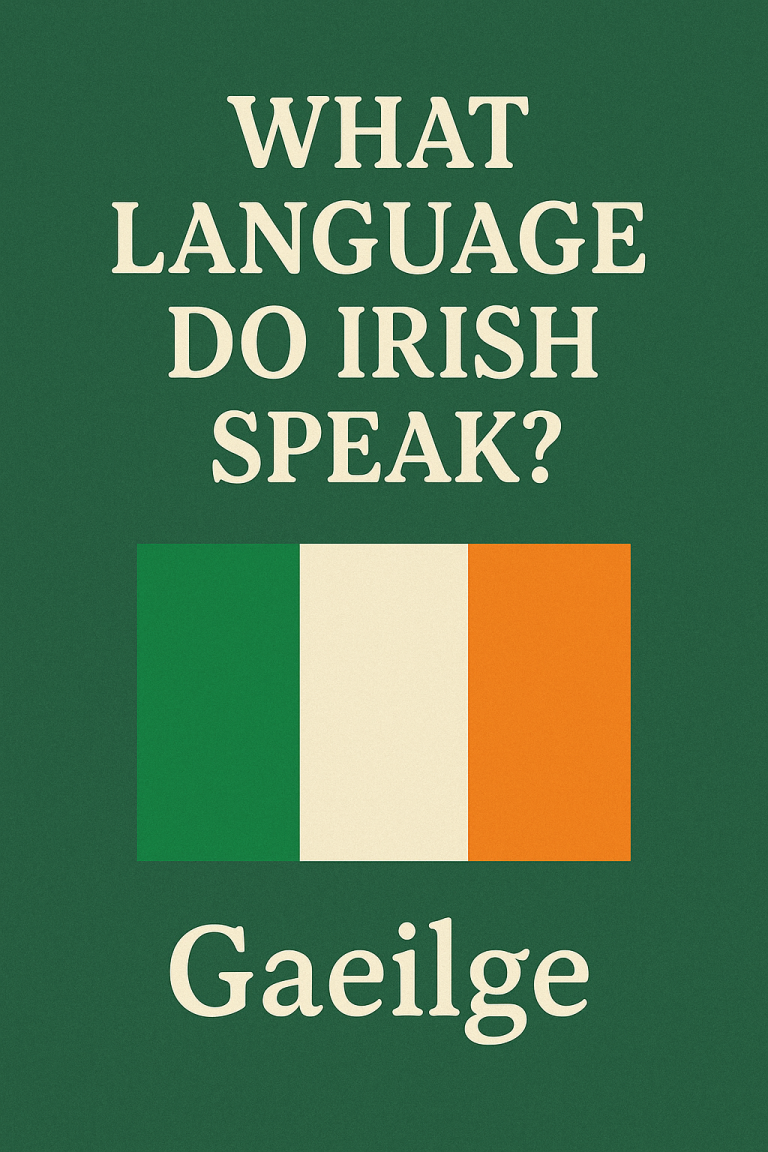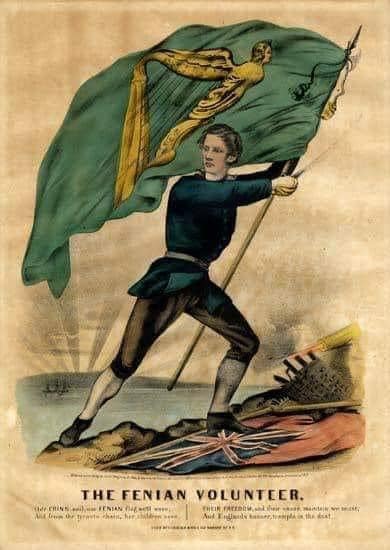
The term “Typhoid Mary” originates from the case of Mary Mallon, an Irish-born cook in the early 20th century who became the first identified asymptomatic carrier of Salmonella typhi, the bacteria responsible for typhoid fever, in the United States.
Her case significantly influenced public health policies and highlighted the challenges of asymptomatic disease transmission.
Who Was Typhoid Mary?
Mary Mallon was born in 1869 in Ireland and emigrated to the United States in 1884. She worked in various domestic positions, eventually becoming a cook for affluent families in New York City. Unbeknownst to her, Mallon was a healthy carrier of Salmonella typhi. Between 1900 and 1907, several typhoid fever outbreaks were traced back to households where she was employed, leading to multiple illnesses and deaths. Despite showing no symptoms herself, Mallon inadvertently spread the disease through her cooking.
Understanding Typhoid Fever
Typhoid fever is a bacterial infection caused by Salmonella typhi. It is typically transmitted through the ingestion of contaminated food or water. Symptoms include prolonged fever, fatigue, headache, nausea, abdominal pain, and constipation or diarrhea. Without treatment, the disease can be fatal. In Mallon’s case, her role as a cook facilitated the spread of the bacteria to those who consumed her food.
The Implications of Being Called “Typhoid Mary”
Referring to someone as a “Typhoid Mary” implies that the person is an unwitting spreader of something harmful, whether it’s a disease, misinformation, or negative influence. The term stems from Mary Mallon’s role in unknowingly transmitting typhoid fever to numerous individuals.
Why Was Typhoid Mary Contagious for So Long?
Mary Mallon remained contagious for an extended period because she was an asymptomatic carrier; she harbored the bacteria without exhibiting any symptoms. At the time, the concept of healthy carriers was not well understood, and there were no effective antibiotics to eliminate the bacteria from her system. Consequently, she continued to carry and spread Salmonella typhi throughout her life.
The Tragedy of Typhoid Mary
The tragedy of Typhoid Mary lies in the intersection of public health and individual rights. Mallon was forcibly quarantined twice in her lifetime, spending nearly three decades in isolation. Her case raises ethical questions about personal freedom versus the protection of public health, especially given that she never believed she was a carrier due to her lack of symptoms.
Was Typhoid Mary a Real Person?
Yes, Typhoid Mary was a real person. Mary Mallon’s case is a documented part of medical history, illustrating the challenges of managing asymptomatic carriers of infectious diseases in the early 20th century.
Is Typhoid Still Present Today?
Typhoid fever remains a global health concern, particularly in regions with limited access to clean water and sanitation. However, in developed countries, the incidence has significantly decreased due to improved hygiene practices, sanitation, and the availability of vaccines.
Why Didn’t Typhoid Mary Wash Her Hands?
During Mary Mallon’s time, the importance of handwashing in preventing disease transmission was not widely recognized, and she did not believe she was a carrier of the disease. Consequently, she did not adhere to hygiene practices that could have prevented the spread of the bacteria.
Is Typhoid Curable?
Yes, typhoid fever is curable. With the advent of antibiotics, effective treatments are available that can eliminate the Salmonella typhi bacteria from the body. Early diagnosis and appropriate antibiotic therapy are crucial for recovery.
Was Typhoid Mary Punished?
Mary Mallon was not criminally punished but was subjected to prolonged isolation to prevent further spread of the disease. She was quarantined twice, with the second confinement lasting until her death in 1938. Her case highlights the complexities of balancing individual rights with public health safety.
Cultural Depictions: Typhoid Mary in Popular Media
The moniker “Typhoid Mary” has permeated popular culture, extending beyond its medical origins. In the Marvel Comics universe, Typhoid Mary is a supervillain with dissociative identity disorder and psionic powers, often portrayed as an adversary to Daredevil. This character, while inspired by Mary Mallon’s nickname, bears no relation to her actual life or experiences.
For a visual exploration of the Marvel character Typhoid Mary, you might find this video insightful:






